As technology develops, European standards defining structural hollow sections continue to be updated, including Part 3 of EN 10210 (hot-formed structural hollow sections) and EN 10219 (cold-formed structural hollow sections).
The new Part 3 of both standards includes several new grades that can be specified, including higher strength and corrosion-resistant steels. All these new grades and new parts of the standards can cause confusion, so we’ve tried to answer the following simple questions.
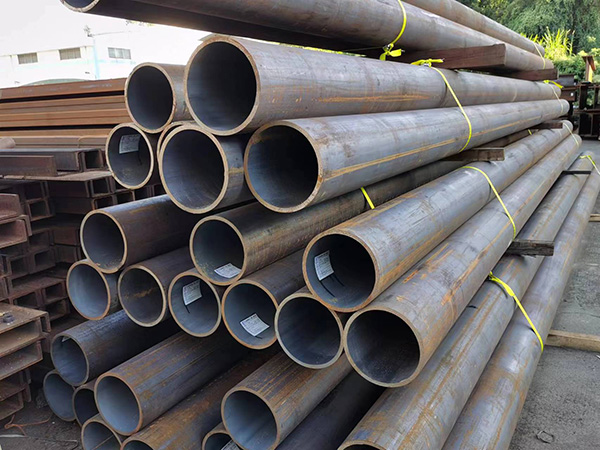
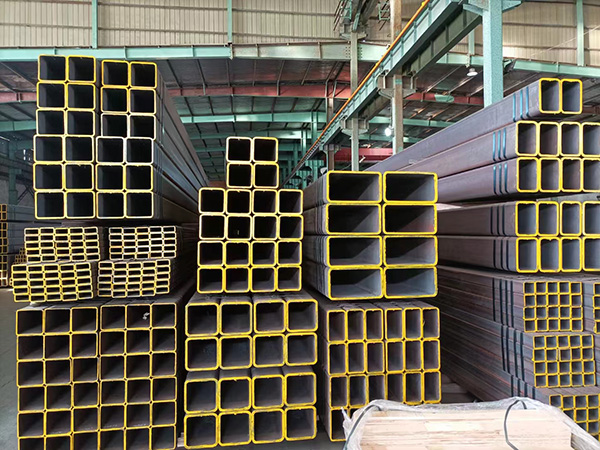
EN 10210 and Part 3 of EN 10219 cover the availability of new steel grades for structural hollow sections, mainly with higher strength but also some weathering steels. Specifically, the levels covered include:
- Hot-formed hollow sections, using a thermomechanical forming process, include grades from S275MH to S700MH as well as MLH grades – these are formed into their final shape at a ramp-up temperature of at least 580°C, but lower than that used for fully normalized grades such as S355NH ) normalizing temperature. Structural hollow sections of these grades will not achieve the same level of metallurgical uniformity as fully normalized products.
- Quenched and Tempered Steels, from S460QH to S960QH and QLH and QL1H grades – These steels achieve very high strength through a quenching and tempering process, first rapidly quenching from above AC3 temperatures to obtain a specific grain structure, and then finally at a defined Temperature tempered to obtain desired properties.
- Steel with improved resistance to atmospheric corrosion, also known as weathering steel, from S355J0WH to S500K2WH.
- Hollow sections cold-formed from thermo-mechanically rolled raw material, including MLH grades from S500MH to S960MH and S700MLH grades – These hollow sections are cold-formed from thermo-mechanically formed strip steel and therefore have different properties than those under the EN 10210 standard nature.
- Quenched and Tempered Steels – Raw material conditions are QT – from S460QH to S960QH and QLH and QL1H grades – These steels achieve very high strength through a quenching and tempering process, first quenching rapidly from above AC3 temperature to obtain a specific grain structure, It is then finally tempered at a defined temperature to obtain the desired properties. Under EN 10219-3, this standard generally covers pipes made by the SAW process from quenched and tempered steel plate raw materials.
- Steel with improved resistance to atmospheric corrosion, also known as weathering steel, from S355J0WH to S500K2WH.
It is important to understand that the differences between EN 10210 and EN 10219 relate to the way the hollow sections are formed and the impact this has on their final properties. Although you may see identically named levels between the two standards, they actually refer to different things.
- In EN 10210, the grade refers to the steel in the finished hollow section.
- In EN 10219, the grade refers to the steel raw material used for cold forming hollow sections, so the metallurgical society changes during the cold forming process.
Because of this difference, it is important to ensure that hollow profiles are fully specified using the standard number (EN 10210 or EN 10219) and grade (e.g. S460MH).
EN 10210 and Part 1 of EN 10219 are both published in the Official Journal of the European Union (OJEU) under the Construction Products Regulation (CPR) and all products contained therein may bear the CE mark. In other words, Part 1 has a special status among CE-marked qualifying products under the CPR.
The special status under the CPR of Part 1 means that additional review is required to amend these parts of the Standard. Therefore, the committees developing these standards have considered publishing these new grades, at least initially, in a new part (Part 3) outside the CPR requirements, thus enabling relatively rapid incorporation of these grades into European standards.
It is worth noting that EN 10210-3 and EN 10219-3 are not referenced in the CPR, so the grades included in these new Part 3 cannot bear the CE marking.
EN 10210 and Part 3 of EN 10219 include a variety of new steel grades which, although they do not receive the CE mark for use in construction, provide a direction for the future of structural hollow sections and enable steel manufacturers to further innovate and These steel grades are available. New steel grades, especially high-strength steel grades.
The special status under the CPR of Part 1 means that additional review is required to amend these parts of the Standard. Therefore, the committees developing these standards have considered publishing these new grades, at least initially, in a new part (Part 3) outside the CPR requirements, thus enabling relatively rapid incorporation of these grades into European standards.
At Peak Kong Special Steel Co., Ltd., we are at the forefront of the development of steel grades for our multi-industry product range. With the launch of our Celsius S460NH we have now reached the limits of what is feasible in EN 10210 Part 1 and future developments will use some of these advanced grades in Part 3. At the same time, in our cold formed hollow profiles we now offer certain sizes up to S700MH, Part 3 gives customers even more confidence in this steel and in future advanced steels.
-
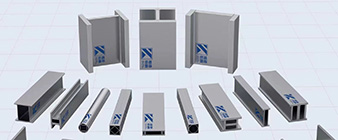 2024-9-29 Alloy 602 Structural Profiles for Power Stations
2024-9-29 Alloy 602 Structural Profiles for Power Stations -
 2024-9-29 Alloy 617 (N06617 / 2.4663) Structural Profiles
2024-9-29 Alloy 617 (N06617 / 2.4663) Structural Profiles -
 2024-9-29 N06025 Nickel-based alloy structural profiles
2024-9-29 N06025 Nickel-based alloy structural profiles -
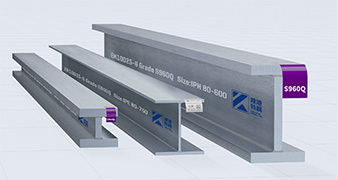 2024-7-16 Properties of high-strength steel and advanced high-strength steel-Peak Kong Special Steel
2024-7-16 Properties of high-strength steel and advanced high-strength steel-Peak Kong Special Steel -
 2024-9-29 Alloy 617 (N06617 / 2.4663) Hollow Structural Profiles
2024-9-29 Alloy 617 (N06617 / 2.4663) Hollow Structural Profiles -
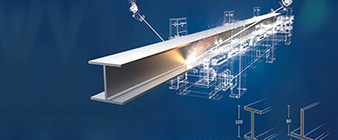 2023-12-12 Stainless steel laser welding profile knowledge
2023-12-12 Stainless steel laser welding profile knowledge -
 2024-9-20 Application of Ti Gr 7/3.7235/UNS R52400 Structural Hollow Stations
2024-9-20 Application of Ti Gr 7/3.7235/UNS R52400 Structural Hollow Stations



